How to get mud out of car seats
Maintaining the interior of your car is an important part of car ownership. One of the most common problems that drivers face is how to get mud out of the car seats.
This can be a difficult task to take on, as mud is one of the most stubborn materials to try and clean out of upholstery.
However, it is still possible to get mud out of car seats with the right techniques. we will cover some of the best methods for getting mud out of car seats and restoring the look of your car’s interior.
We will provide an in-depth look at the products and tools you will need, as well as step-by-step instructions for ensuring that you get the best results.
With the right knowledge, you can make sure that your car seats stay mud-free for years to come.
What gets mud stains out of car seats?
You’ll need a few basic supplies, including a vacuum cleaner, an upholstery brush, a mild detergent, and a clean rag or sponge. Start by using the vacuum cleaner to remove any large chunks of mud.
You may have to use the upholstery brush attachment to get into the cracks and crevices. Once the mud has been removed, use the mild detergent to loosen any remaining particles.
Work the detergent into the fabric with the rag or sponge. When you are finished, rinse the area with clean water and let it air dry.
If the stain is still visible, you can try a spot cleaner specifically designed for upholstery. Follow the instructions on the packaging for best results.
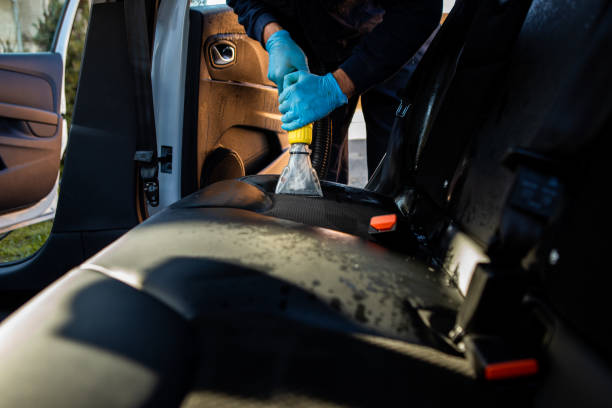
How do you get mud out of car interior?
The first step to removing mud from car interior is to vacuum the affected area. Start by vacuuming the mud with the vacuum cleaner’s hose attachment and then use a brush to gently agitate the area before vacuuming again.
Once the mud is removed, you can use a damp cloth to clean the affected area. Be sure to remove all dirt, mud, and other debris.
If the area is extremely dirty, you may need to use a cleaning solution with a brush to make sure the area is thoroughly cleaned.
Once the area is clean, you should use a car interior cleaner or conditioner to prevent any further damage. You may also need to use a carpet cleaner to get rid of any remaining dirt.
How do you get mud out of upholstery?
Upholstery is trickier to clean than other car materials, but mud can still be removed with a few simple steps. Start by vacuuming the seats to remove any loose dirt and debris.
Then, mix a solution of warm water and gentle laundry detergent. Using a clean cloth, dip it in the solution and wring out the excess water.
Gently blot the area with the cloth and rinse with cool water. If the mud is still there, use a soft brush to gently scrub the fabric without damaging it. Once the mud has been removed, allow the seats to air dry.
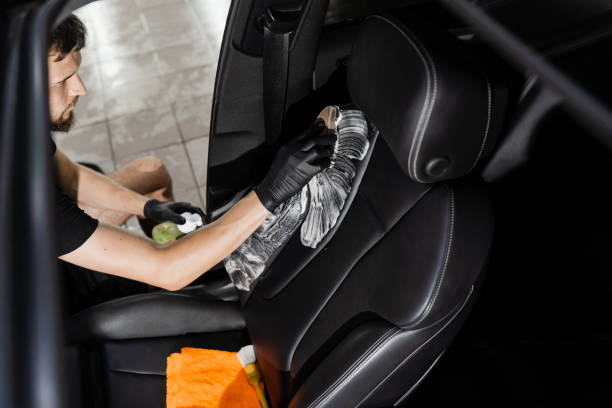
How do you get muddy dog prints out of car seats?
If you have a leather-upholstered car seat, use a damp cloth to wipe off the mud. If the mud is dry, use a soft brush to remove it. If the mud is particularly stubborn, make a paste of baking soda and water and use a soft bristled brush to gently scrub the mud away.
For cloth upholstered car seats, start by vacuuming the mud away with a strong suction vacuum cleaner.
If there is any residue left, use a spot cleaner specifically designed for cloth upholstery. Work the cleaner into the fabric with a brush or sponge, then rinse the area with a damp cloth. Allow the seat to air-dry completely before sitting on it.
Unbelievable Trick to Remove Mud From Car Seats
Once the mud has been scraped off the surface of the car seat, the next step is to mix up a solution of one part white vinegar with two parts water.
Then, use a cloth or sponge to dampen the entire area and scrub gently. The vinegar solution helps to break down the mud and make it easier to remove. After scrubbing, use a vacuum cleaner to remove any remaining mud and dirt from the surface.
If there are any stubborn stains from the mud, spray them with an all purpose cleaner and wipe up the solution with a damp cloth.
Finally, use a wet/dry vacuum cleaner to remove any remaining moisture. Following this method will help to get mud out of car seats quickly and easily.
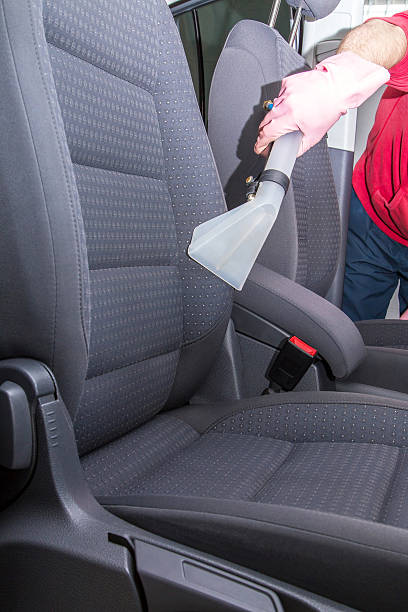
Easily Clean Your Car Seats of Mud
The next step is to begin removing the mud from the car seats. Start by using a vacuum cleaner with a hose attachment to clean off any loose mud from the seats.
Vacuum the entire seat, focusing on the area that was affected by the mud. Vacuuming will help remove the dirt, grime, and any other particles that might have been brought in with the mud.
Once the majority of the mud has been removed, use a damp cloth to wipe down the seats and remove any remaining mud.
Be sure to use a gentle cloth and a mild cleaning solution so as not to damage the car seat. Once the seats are completely clean, use a dry cloth to dry the seats and remove any remaining moisture.
Unbelievable Trick to Remove Mud From Car Seats
Once the mud is removed, the next step is to use a vacuum cleaner to remove any remaining dirt or debris.
Vacuuming the seats is an effective way to ensure that all of the mud is gone and to prevent any further damage or staining.
Make sure to use an upholstery attachment and to be gentle when vacuuming the seats. Once the seats are vacuumed, use a damp cloth to remove any remaining dirt or debris.
Then, use a dry cloth to dry off the seats. Finally, use a leather or fabric protectant to protect the seats from future damage.
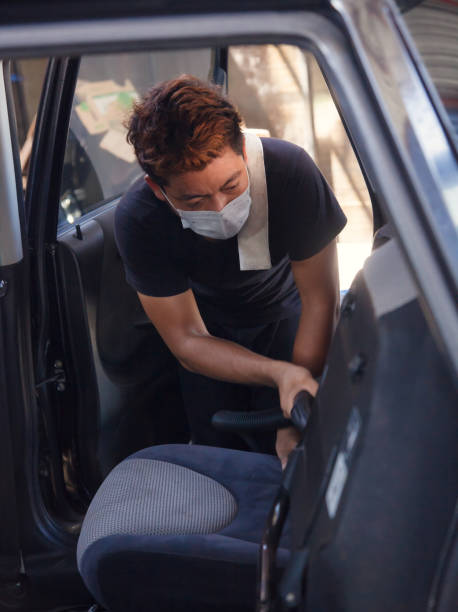
Vacuum the area to remove bigger particles
The first step in getting mud out of car seats is to vacuum the area. This will help to remove any larger particles that may be caught in the fabric.
Be sure to use an upholstery attachment to ensure that all dirt and debris are removed. Vacuum the entire seat, making sure to get the creases and folds as well.
If possible, try to get into the seams and crevices of the seat. This should be done before any other cleaning methods are used.
Use a damp cloth to wipe away the mud
After you’ve vacuumed up as much of the mud from the car seat as possible, the next step is to use a damp cloth to wipe away any remaining mud.
Make sure to use a damp cloth and not a wet one, as this can cause the mud to become too wet and become harder to remove.
Start by gently wiping the mud off with the damp cloth, and then move on to using a soft brush to get into the grooves of the car seat. This will help to remove any stubborn mud that is stuck to the seat.
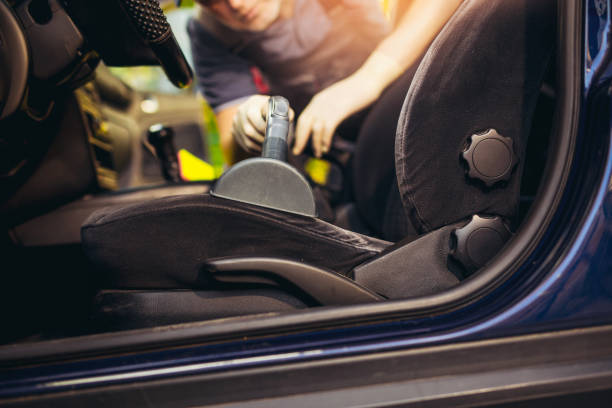
Apply a stain remover to any remaining residue
If you notice any remaining residue from the mud on your car seats, it’s important to take care of it quickly.
A stain remover may be necessary to remove the stains and any residual dirt.
Spot treat the area with a spray-on stain remover, then allow it to sit for at least five minutes before wiping it away with a damp cloth.
Make sure to test the remover on a small, inconspicuous area of your car seat before applying it to the entire surface to ensure that it doesn’t leave any blemishes or discoloration.
Scrub the area with a brush
Once you’ve vacuumed the area, the next step is to scrub the mud out of the car seats with a brush. Use a soft brush with stiff bristles to get the job done.
Gently scrub the area to make sure you don’t damage the fabric.
Make sure to pay special attention to any crevices, folds, and cracks in the car seat, because that’s where the mud is most likely to be hidden.
Don’t forget to use a cloth with warm water to wipe away any dirt or mud residue.
Use a dry cloth to wipe away the cleaner and mud residue.
After applying cleaner and scrubbing the area, use a dry cloth to wipe away the cleaner and mud residue.
Make sure to not use a wet cloth, as this can spread the residue and make it more difficult to remove. If you find that the mud is particularly stubborn, you may need to repeat the process of using cleaner and scrubbing.
Once the mud is removed, use a vacuum to get any remaining residue out of the car seat.
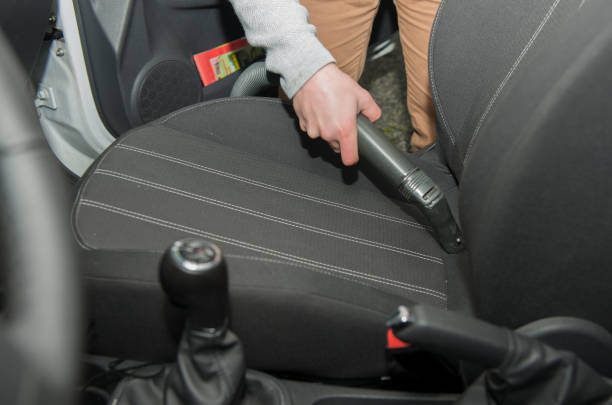
Conclusion How to get mud out of car seats
In conclusion, getting mud out of car seats can be a time-consuming process, but the results are definitely worth the effort.
It’s important to use the right tools and techniques so you can safely remove the mud from the seats without damaging them.
With a little bit of patience, you’ll have your car seats looking as good as new in no time.
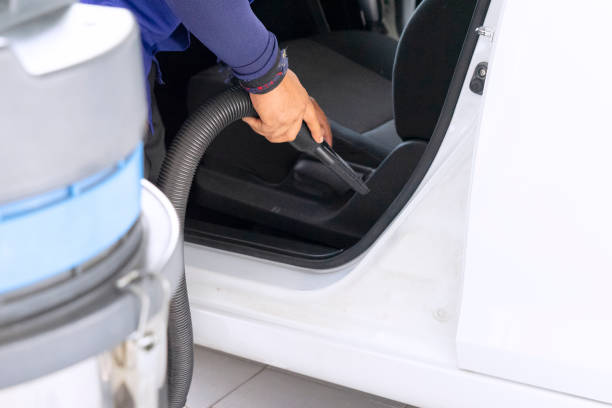
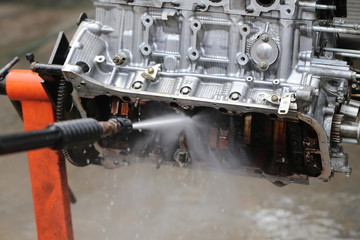
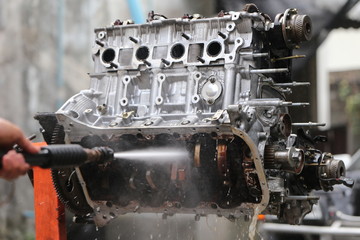
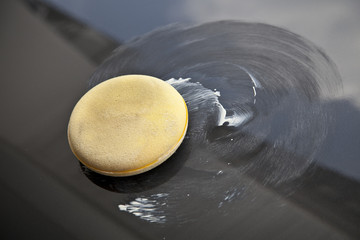
Leave a Reply
You must be logged in to post a comment.